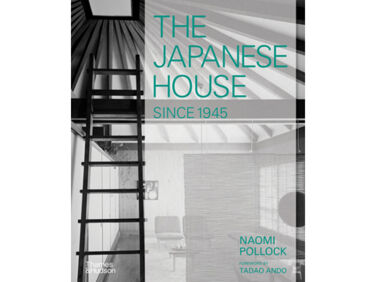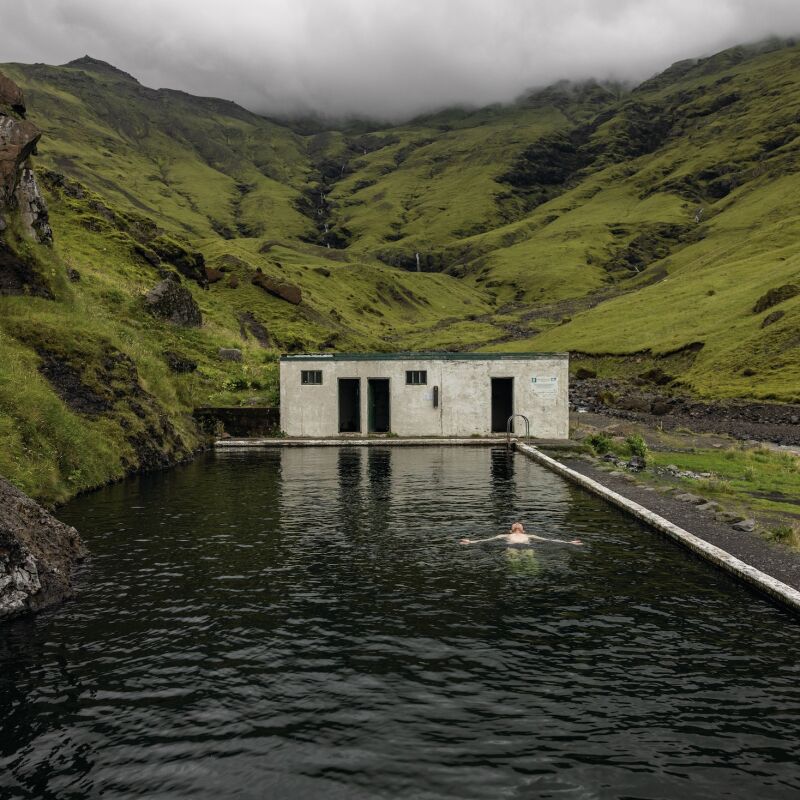Our fascination with and admiration for Japanese culture and design is no secret. Barely a week goes by without us sharing a coveted crafted object, humble household item, or elevated approach to homemaking. So when we saw the title of Thames and Hudson’s latest release, The Japanese House Since 1945, we spotted a glaring gap in our knowledge. How many Japanese architects could we actually name? Shamefully few. How many iconic Japanese houses would we actually recognize? Even less.
The American architect, journalist, and author Naomi Pollock, who has lived in Japan since the 1980s, puts that right with this cohesive chronology of 97 compelling, architect-designed Japanese homes showing developments in form, material, architectural expression, and family living over almost eight decades.
Have a look:


The book opens with a rousing introduction by Tadao Ando, Japan’s 82-year-old autodidact architect. (Four of Ando’s own residential designs appear here.) “The home is the building most intimately connect to the lives of human beings,” he writes, “and as such, it is the origins of architecture and the most effective means of capturing its essence. Consequently, tracing the residential buildings regarded as masterpieces of their time gives a sense of the social climate at that moment [and] allows one to listen in on the true feelings of the community.”

Pollock takes this notion further with her “At Home” sections. Distinguished by pale blue pages and vintage snapshots of family life, these case studies are written by architects and/or their family members and bring to life the experience of living in these unique homes.

In addition to giving readers a glimpse into each era-defining home, the book illuminates the social, technological, geographic, and historical factors behind these houses. The result is a visual treat: interior and exterior photographs and beautifully detailed drawings and sketches that gradually evolve from monochrome to color, from hand-drawn to digital. Far from a dense, academic critique of postwar Japanese architecture, it’s a lively, enlightening read.

More Required Reading:
- Required Reading: ‘Still Lives: In the Homes of Artists, Great and Unsung,’ by Leslie Williamson
- Rooms Full of Stories: A Shop Owner’s Colorful Cottage from New Book “House London”
- Required Reading: Rose Uniacke at Work
Frequently asked questions
What is the book 'Japanese House since 1945' about?
The book 'Japanese House since 1945' explores the evolution of Japanese residential architecture and design, covering the period from 1945 to the present.
Who is the author of 'Japanese House since 1945'?
The author of 'Japanese House since 1945' is Seng Kuan.
What is the focus of the book?
The book focuses on the historical and cultural context that influenced the development of Japanese house design and how it reflects the changing lifestyles and societal values of the country.
Are there visual illustrations in the book?
Yes, the book is richly illustrated with photographs, floor plans, and drawings, providing a visual understanding of the featured Japanese houses and their architectural details.
Can the book be useful for architects and interior designers?
Yes, the book can be a valuable resource for architects, interior designers, and anyone interested in Japanese architecture and design. It offers insights and inspiration from the unique approach and aesthetics of Japanese residential spaces.
Where can I purchase 'Japanese House since 1945'?
The book is available for purchase on various online platforms and bookstores. It can be found on the Remodelista website or popular retailers like Amazon and Barnes & Noble.
Does the book include information on traditional Japanese housing styles?
Yes, the book covers traditional Japanese housing styles as well as the modern and contemporary influences that have shaped Japanese house design over the years.
Is there a particular audience targeted by the book?
While the book is primarily aimed at professionals in the fields of architecture and design, it can also be enjoyed by anyone with an interest in Japanese culture and its reflection in residential architecture.
Are there any reviews or accolades for the book?
Yes, 'Japanese House since 1945' has received positive reviews and has been recognized as an important contribution to the understanding of Japanese house design and its cultural significance.
What is the length of the book?
The book has approximately 272 pages.





Have a Question or Comment About This Post?
Join the conversation